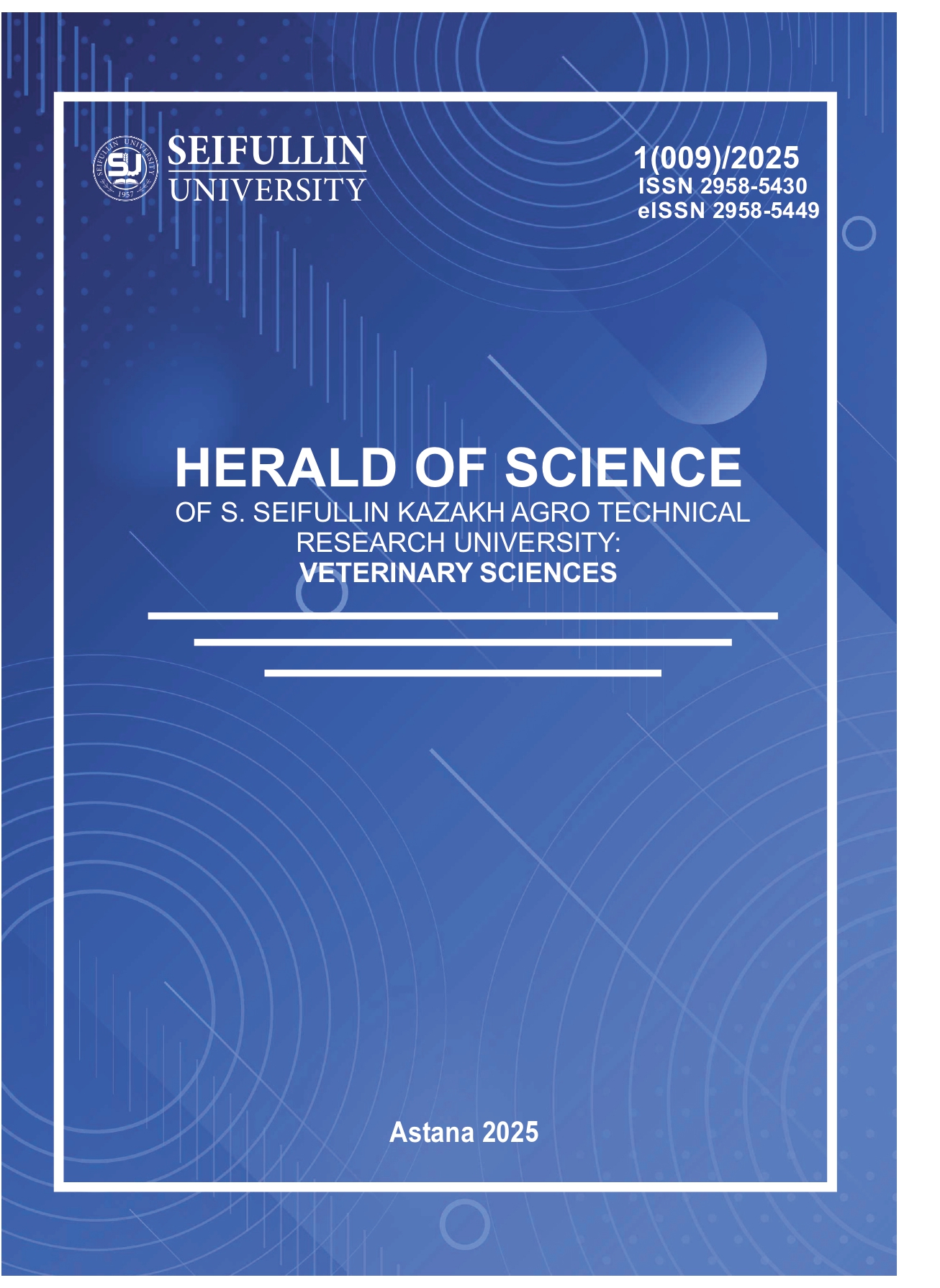Determination of the residual content of antibiotics in feed on a Randox analyzer
DOI:
https://doi.org/10.51452/kazatuvc.2025.5(009).1873Keywords:
antibiotic resistance; antibiotics; detection limit; feed; organic feed; Randox.Abstract
Background and Aim. Antibiotics are widely used in animal husbandry to prevent diseases and stimulate growth, but their residual content in animal feed and products poses a significant risk of antibiotic resistance. The purpose of this article is to substantiate the need to use organic feed, free of antibiotics, to reduce the risks of antibiotic resistance and improve the quality of livestock products.
Materials and Methods. In this work, the content of antibiotics in various types of feed (succulent, roughage and concentrated) was analyzed using the Randox method. The study showed that in many samples, the antibiotic content exceeds detection limits, especially for streptomycin (86.43 parts per billion), quinolones (35.56 parts per billion) and tetracyclines (17.56 parts per billion). In coarse feeds, concentrations of ceftifur (29.28 parts per billion) and quinolones (11.92 parts per billion) also exceed detection limits, while in concentrated feeds, levels of streptomycin (24.25 parts per billion) and quinolones (20.14 parts per billion) remain significant.
Results. Statistical analysis revealed significant differences between the feed groups for tamfenicol (p=0.002), tylosin (p=0.006) and tetracycline (p=0.02), which confirms the need for enhanced control and monitoring of antibiotic residues. The absence of official maximum permissible levels (MPL) for antibiotics in feed in Kazakhstan requires the development and implementation of regulatory regulations.
Conclusion. The transition to the use of organic feed and alternative methods of preventing animal diseases seems to be a promising solution to reduce the risk of antibiotic resistance and improve the safety of livestock products.

